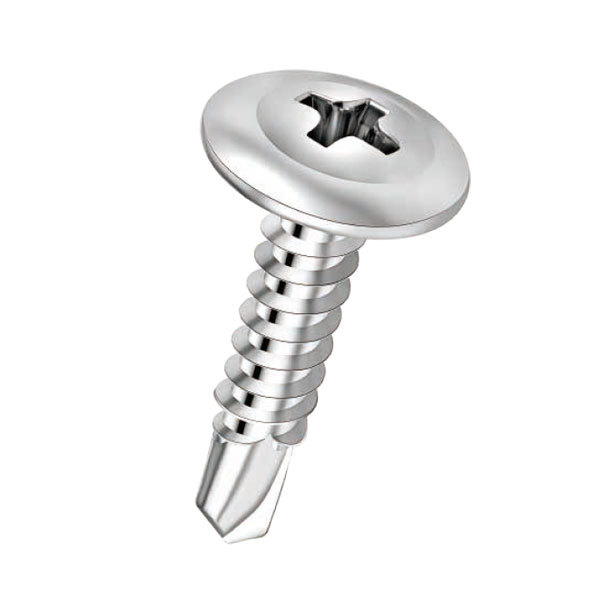best thrust washer vs flat washer
Best Thrust Washer vs. Flat Washer Understanding the Key Differences
When it comes to mechanical applications, washers play a critical role in ensuring smooth operation and longevity of equipment. Among the various types of washers, thrust washers and flat washers are two of the most commonly used. While they may appear similar at first glance, their applications and functionalities differ significantly. This article aims to clarify these differences and provide insights into which type of washer may be best suited for specific scenarios.
What is a Thrust Washer?
Thrust washers are specially designed to manage axial loads in rotating machinery. They serve as a barrier between moving parts where thrust—or axial pressure—must be supported, such as between the shaft and the housing. These washers are typically flat, disc-shaped, and come in various materials, including metal, plastic, or composite materials. The design of a thrust washer allows it to withstand high levels of pressure and friction, making it an essential component in applications like automotive engines, gearboxes, and rotary mechanisms.
What is a Flat Washer?
Flat washers, on the other hand, are used to distribute loads under a fastener's head, such as a bolt or a screw, and to prevent damage to the surface being fastened. They act primarily as spacers and can help reduce the chances of corrosion, prevent loosening, and improve the torque applied to the fastener. Flat washers come in different sizes, thicknesses, and materials, ranging from stainless steel to nylon or rubber. Their design is relatively simple and does not typically cater specifically to axial loads.
Key Differences Between Thrust and Flat Washers
1. Purpose and Functionality Thrust washers are specifically designed to handle axial forces, making them ideal for situations where high force is directed along the axis of rotation. Flat washers do not have this capability and are primarily used to provide a larger load-bearing surface for bolts and screws.
best thrust washer vs flat washer

2. Load Distribution Due to their design, thrust washers excel at distributing load across a wider area of the substrate they are meant to protect. This distribution is crucial in preventing wear and tear in high-load applications. In contrast, flat washers are more focused on protecting the surface against deformation caused by the head of fasteners.
3. Material and Wear Resistance Thrust washers are often made from materials specifically chosen for their ability to withstand wear and friction. This advantage is particularly crucial in high-speed rotating applications. Flat washers, while they may be made of durable materials, are not necessarily designed for the same level of wear resistance since they do not typically experience the same axial stresses.
4. Design and Thickness Thrust washers frequently have a thicker profile compared to flat washers to accommodate their function of absorbing thrust. They may also feature grooves or specific profiles that aid in maintaining alignment and load distribution. Flat washers, being simpler in design, may not have such features and come in various thicknesses based on the requirement of their application.
When to Use Each Washer Type
Choosing between thrust washers and flat washers can significantly impact the performance and durability of mechanical systems. If the application involves rotating machinery that experiences axial loads—like a gearbox or thrust bearings—then a thrust washer is likely warranted. In contrast, for fastening tasks where the primary goal is load distribution and surface protection under screws and bolts, flat washers are the appropriate choice.
Conclusion
Understanding the differences between thrust washers and flat washers is crucial for engineers and mechanics alike. Each type of washer serves its unique purpose and is optimized for specific applications, contributing to the overall efficiency and durability of mechanical systems. By selecting the appropriate washer type, you can enhance the performance of your equipment, reduce maintenance costs, and prolong the life of components involved in both everyday and high-stress applications. Knowing when and where to apply these washers is an essential skill that can make a substantial difference in mechanical engineering and design.
-
Top Choices for Plasterboard FixingNewsDec.26,2024
-
The Versatility of Specialty WashersNewsDec.26,2024
-
Secure Your ProjectsNewsDec.26,2024
-
Essential Screws for Chipboard Flooring ProjectsNewsDec.26,2024
-
Choosing the Right Drywall ScrewsNewsDec.26,2024
-
Black Phosphate Screws for Superior PerformanceNewsDec.26,2024
-
The Versatile Choice of Nylon Flat Washers for Your NeedsNewsDec.18,2024










